
People are accustomed to linking the term "parasites" to the common worms in the human colon. However, their positioning may be so different that patients have not even been aware of the existence of subcutaneous parasites for several years. Yes, uninvited guests can sit comfortably under a person's skin, and their size can rarely be called microscopic.
Types of parasites and their symptoms
Is your body itchy? Acne on your face? Occasionally cloudy eyes? All of these are subcutaneous parasites, which move quickly in the body and can affect the internal organs. This movement occurs independently or with blood flow. The patient may not know this "phenomenon" for many years, until some kind of worm is under the epidermis and "greets" him.

In order to make the reader more scared, it is necessary to provide the characteristics of the possible parasite species whose habitat is only under the skin.
Filariasis
If you travel to tropical countries, please be prepared to fight insects. Insect bites not only cause troubles such as itching or pain, but also infect nematode parasites-filariasis. The danger of the disease is the long incubation period-about 5-7 years. For a long time, parasites will multiply in the human body without leaving any signs.
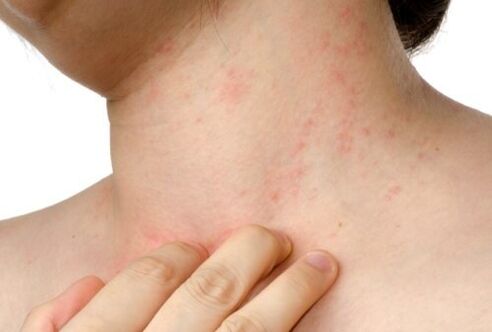
As a large amount of waste enters the body, a person gradually begins to be poisoned, first manifested as a characteristic urticaria on the skin. She only itches at the initial stage. In the future, patients will find several movable seals, face blindness, and cope with acute fever.
As for the diagnosis, the patients here are checked by experts when they contact the clinic. The worms squirming under the skin can be seen with the naked eye, and they are also completely visible when the eyes are examined. By clarifying the course of the disease and its previous events, experts diagnose and prescribe an appropriate treatment plan.

important!When traveling to hot countries, do not neglect vaccinations, even if visa control or health services do not require it.
Dracunculiasis
The worms in this group enter the human body by ingesting contaminated water. It contains larvae, which in principle cannot be detected. But the infection itself can be fatal to a person, because the larvae grow to one meter in size. One such worm can stay in the stomach or penetrate the lungs, completely blocking a person's breathing. But this rarely happens, because in most cases, this parasite will select a person's lower limbs.

Symptoms include:
- Itching of lower extremities;
- A characteristic roller is formed on the leg or foot;
- Various purulent lesions of the skin;
- Strange bubbles, at least 8 cm in diameter, will burst under the influence of water.

Pay close attention to what kind of water you drink, because it is easier to protect yourself and your loved ones from such infections than to seek treatment.
scabies
All unpleasant scabies only manifests as itching, and rarely any changes in the form of spots and redness are found on the skin. This is caused by skin mites, and the infection only occurs when interacting with another disease carrier or touching his clothes.
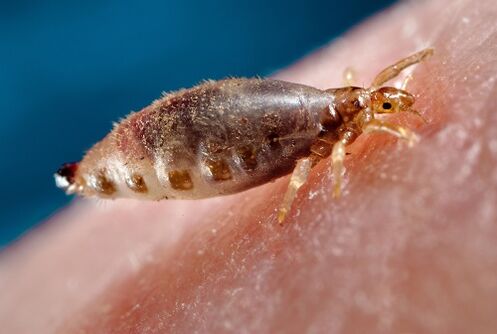
Ticks are small and invisible to the naked eye, but their activities in the body are quite extensive. In the case of penetration into the skin, the parasite bites the channels in the deep layers of the epidermis-this can cause itching. As the parasite walks for a long time, channels begin to appear on the skin. If the surface is treated with iodine, you will notice the characteristic spider webs of these channels.
Relevant signs include:
- Air bubbles are formed at the scratches;
- The hands and articular surfaces are more affected.
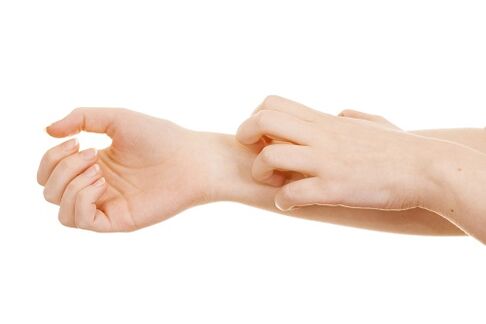
important!Although the diagnosis can be made quickly through expert examination, treatment may take a long time, so it is best to listen to preventive measures to prevent infection.
Demodex
Among the many types of parasites, it is worth mentioning the disease caused by Demodex ticks. Their distribution is mainly located in the sebaceous glands of the face, in the form of characteristic acne. On the face of it, this kind of copy looks very unattractive. Loss of eyelashes is also called pathology and symptom.
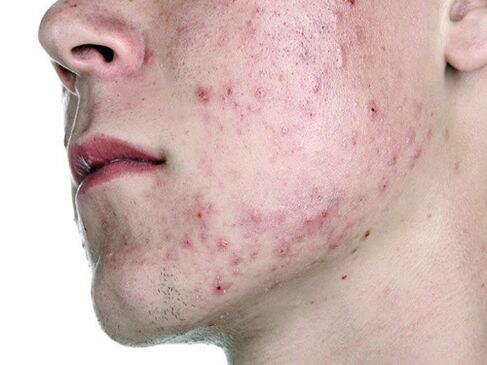
The diagnosis of this lesion only takes a few minutes. The doctor just checks the skin. However, even if all the prescriptions of the experts are followed, treatment may take years.
Diagnosis of subcutaneous pests
In most cases, the diagnosis of the affected skin is made directly in the specialist's office, who can already determine the disease through visual inspection. However, in order to accurately determine the etiology and accompanying lesions of the internal organs, patients need to undergo a comprehensive medical examination. First, it is necessary to clarify all lesions, and secondly, in this way, the focus of the parasites (if any) can be found and their number can be roughly determined.

If you notice unpleasant symptoms such as rashes, itching, and other changes, you should contact the following specialists:
- Dermatologist;
- Allergy sufferers;
- Neuropathologist
- Medical psychologist
- Infectious disease expert.
A comprehensive examination includes a visit to a neurologist and medical psychologist, because itching and rash are usually a simple psychological disorder. However, the visit was only due to the lack of accurate diagnosis, and the local doctor did not make such a diagnosis after examination.
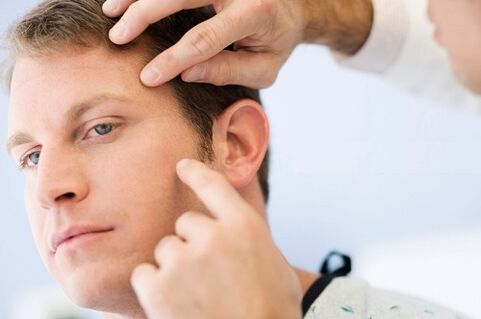
When determining the type of disease, the patient's laboratory diagnosis is particularly important, which will accurately show the presence of parasites under the skin or in the internal organs. Such an investigation consists of two stages:
- Direct diagnosis of parasites-scraping or smearing the mucosa to study changes. Use direct methods in cases where parasites are clearly present: skin redness, blisters, purulent acne.
- The second phase involves studying the presence of antigen-antibody complexes in the blood, which accurately determines the immune response against human parasites. Normally, the discarded elements in the parasite's life activities almost completely kill the protective antibodies, so the body's weakened immunity cannot overcome the invasion and activities of uninvited guests.

To prescribe a treatment, it is necessary to accurately identify the type of parasite invading the human body. Here, in addition to skin scrapes or mucosal smears, hair, blood, nails, feces, the contents of blisters on the skin and other important biological materials are often used for analysis.
treatment
Can not accurately explain the treatment of subcutaneous parasites. Here, their location, diseased area and stage play an important role.
Only the following technologies can be cited as general information:
- It is necessary to use drugs based on eliminating all types of parasites in the body to remove subcutaneous mites. Here, experts usually prescribe acaricides and antihistamines. For external use, antibiotic ointments and gels, as well as vasoconstrictor drugs, such as epinephrine-resorcinol in water, are effective drugs. The instructions and treatment plan will be explained by the doctor according to the stage of the disease.
- Dracunculiasis requires surgical intervention. Including various worms that have spread under the skin or have attacked the internal organs. The danger of this kind of disease lies in the spread of parasites in internal organs, which often leads to damage to the brain. This is why patients need to undergo a complete comprehensive examination to find out the location of the worm.

There are two general principles for removing parasites from the body: conservative methods and surgical interventions. In the case of treating subcutaneous parasites, alternative methods are not recommended, because it takes a long time, and the damage to the body is already serious, which will affect the patient's future life.
prevention
In the case of eating poor-quality food or water, infect parasites through direct contact with patients or infected areas. Among the causes of parasitic infections, violations of sanitary rules dominate.
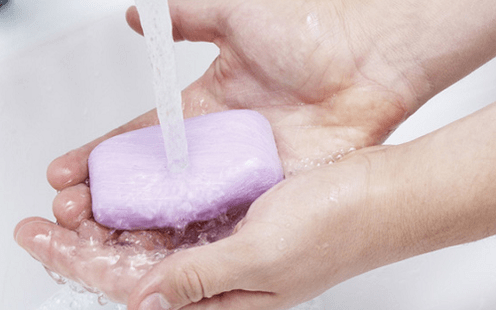
To protect yourself from problems that arise, you should:
- Wash your hands before eating, every time you touch things in public places, and after using money.
- Don't try on other people's things, because he can be infected with parasites. The larvae of parasites are located on the skin, so it is easy to spread.
- Don't use other people's cosmetics. Lipstick, mascara, other people’s soap, and other items can all be the same carriers of parasite larvae.
- When eating fruits and vegetables, be sure to put them in washing and other cleaning procedures to remove dirt and dust-which may also be harmful insect larvae.
- If a wound or abrasion occurs, it must be treated immediately to prevent infection.

Take care of your health and receive mandatory vaccination when you are about to travel to tropical countries. Don't refuse to help and treat wounds, bites, and other mechanical skin injuries. Therefore, you can protect yourself from uninvited guests.



























